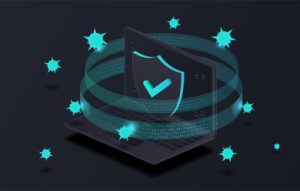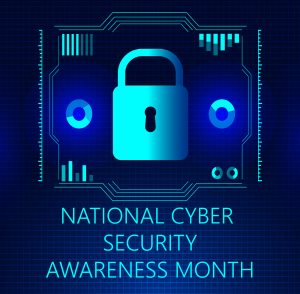
A key element of the move to zero trust is the use of "strong multi-factor authentication (MFA) throughout their enterprise." While identity management has been indicated by many as the "low hanging fruit" of a zero-trust journey, it is by no means easy. In fact, recent guidance from the Cybersecurity and Infrastructure Security Agency (CISA) and the National Security Agency (NSA) called it "notoriously difficult."
Key challenges to implementing MFA include:
- Lack of standards - the CISA/NSA guidance pointed to confusion over MFA terminology and vague policy instructions as primary challenges to implementing more secure access. A joint committee of European Union (EU) and U.S. experts addressed this same issue in the Digital Identity Mapping Exercise Report, which aimed to define specific digital identity technical terminology. For example, the group found some definitions, such as "authoritative source" and "authentication factor," are identical between the U.S. and EU, whereas others, like "identity" and "signature," remain only partially matched.
- Phishing - bad actors do not always hack the system; they hack the process, gaining entry through social-engineering tactics that grow more sophisticated by the day. The CISA/NSA report called on the vendor community to provide MFA services with additional investments and greater defenses against sophisticated attacks.
- Rise of Generative AI - The Department of Homeland Security (DHS) is working to ensure technologies can determine if a submitted image is legitimate or a hacker's spoof. This "liveness detection" is needed to ensure that a submitted selfie is really a photo of a person, not a mask, photo of a photo, or other technique to try to get past the check.



 ce 2004, The Cybersecurity and Infrastructure Security Agency (CISA) and the National Cybersecurity Alliance (NCA) have led a collaborative effort (at the direction of the President and Congress) to raise cybersecurity awareness nationally and internationally. Marking October as
ce 2004, The Cybersecurity and Infrastructure Security Agency (CISA) and the National Cybersecurity Alliance (NCA) have led a collaborative effort (at the direction of the President and Congress) to raise cybersecurity awareness nationally and internationally. Marking October as  Each October, the
Each October, the  The annual Federal Information Security Modernization Act (FISMA)
The annual Federal Information Security Modernization Act (FISMA) 
